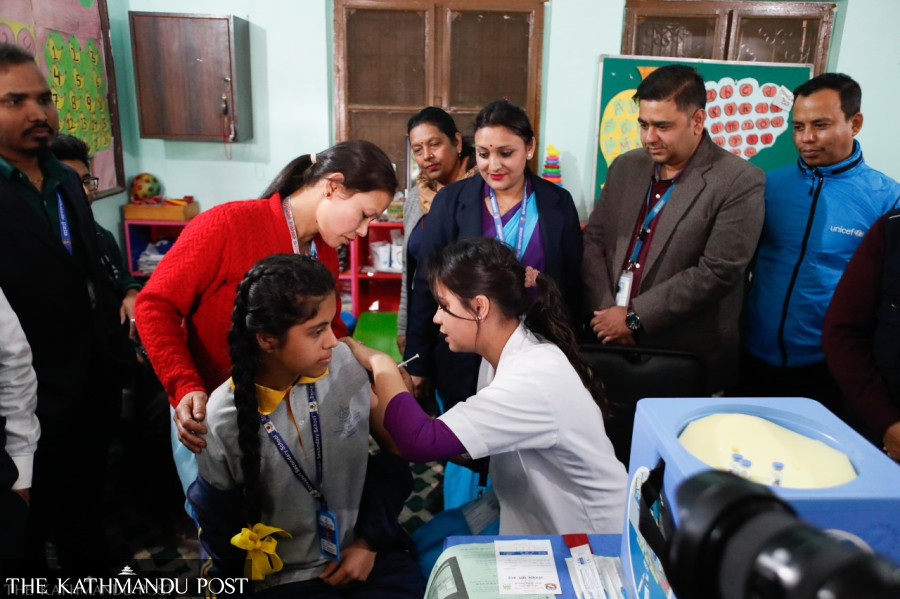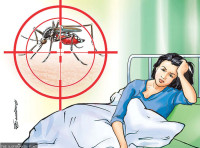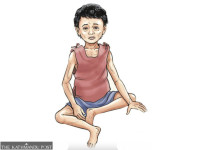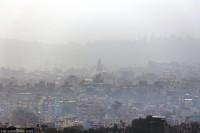Health
HPV vaccination campaign extended in low uptake areas
So far, 90 percent of the target has been achieved, but uptake in Madhesh Province and Kathmandu Valley remains low, Health Ministry says.
Post Report
The ongoing immunisation drive against the human papillomavirus (HPV) will be extended for a few days in areas with low vaccine coverage rates.
According to officials at the Ministry of Health and Population, relevant agencies under the provincial governments and local units have been preparing micro-plans to vaccinate all girls in the targeted age groups.
“We have so far achieved 90 percent coverage of the total targeted population,” said Dr Abhiyan Gautam, chief of the immunisation section at the Family Welfare Division under the Department of Health Services. “The campaign will continue on Tuesday as well, and it will take some time for data on immunisation from remote places to come in.”
Health officials, however, acknowledge that some areas in Madhesh Province and Kathmandu Valley have low vaccine coverage—around 70 and 75 percent of the target, respectively—compared to other parts of the country.
The coverage of most health programmes is low in Madhesh Province and Kathmandu Valley, and various factors including a floating population, internal migration, frequent cross-border movements, and extended slums, among others, are considered responsible.
“Leave for the SEE [Secondary Education Examination] preparation, extended winter holidays, and public holidays also affect vaccination,” said Dr Gautam. “But micro plans are being worked out to administer vaccine doses to all the targeted population.”
Health officials say those who missed the vaccine during the campaign due to various reasons can get inoculated on the next day of the completion of the campaign in the nearby health facilities.
Human papillomavirus is a viral infection that spreads through skin-to-skin contact and is a leading cause of cervical cancer—the second-most common cancer in the developing world. Cervical cancer is a major cause of death among Nepali women, with hundreds diagnosed every year.
The Health Ministry launched a nationwide HPV vaccination drive on February 4 targeting girls between 11 and 14 years of age, which will continue until Tuesday.
The government aimed to jab a total of 1,688,768 girls in the age group with a single dose of the human papillomavirus (HPV) vaccine during the campaign, which started two weeks ago.
As many as 18,900 schools around the country were designated as vaccination centres. Additionally, the vaccine doses were administered from 8,200 health facilities. Over 27,000 health workers and more than 54,000 female community health volunteers (FCHVs) were deployed for the campaign.
The Global Alliance for Vaccine and Immunisation (GAVI) has supplied 1,770,400 vaccine doses for the campaign. Officials say the alliance has also provided funds to cover the campaign’s operational costs.
Though the exact number of patients suffering from cervical cancer in Nepal is not known, it is estimated that every day, at least four women die of cervical cancer in the country.
BP Koirala Memorial Cancer Hospital in Bharatpur said that more than 700 women suffering from cervical cancer seek treatment at the hospital every year.
Experts say early treatment can prevent up to 80 percent of cervical cancer cases.
The government has decided to include the HPV vaccine in the routine immunisation list following the completion of the nationwide drive.
The World Health organisation says HPV vaccination is recommended as part of a coordinated strategy to prevent cervical cancer and other diseases caused by the virus.




 15.12°C Kathmandu
15.12°C Kathmandu













